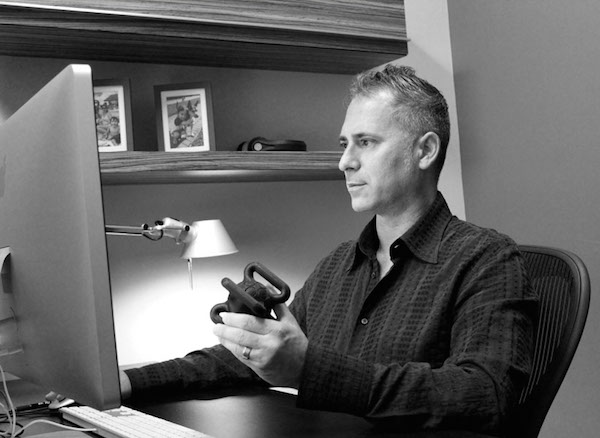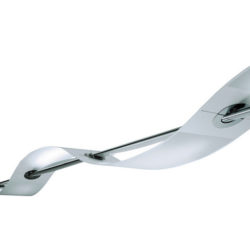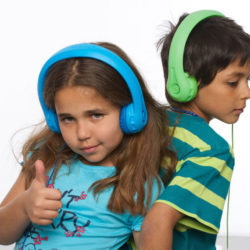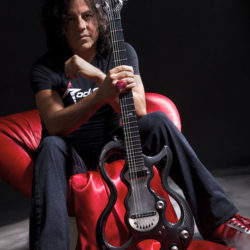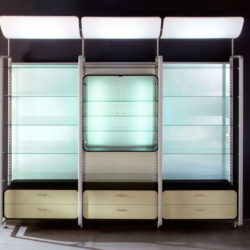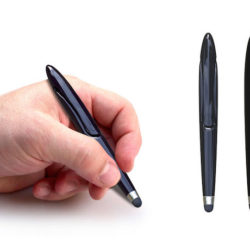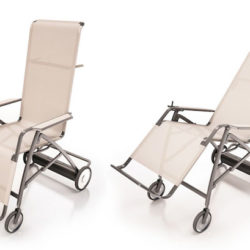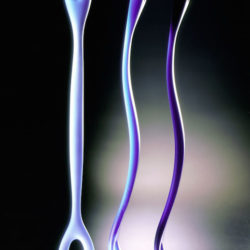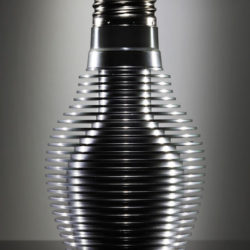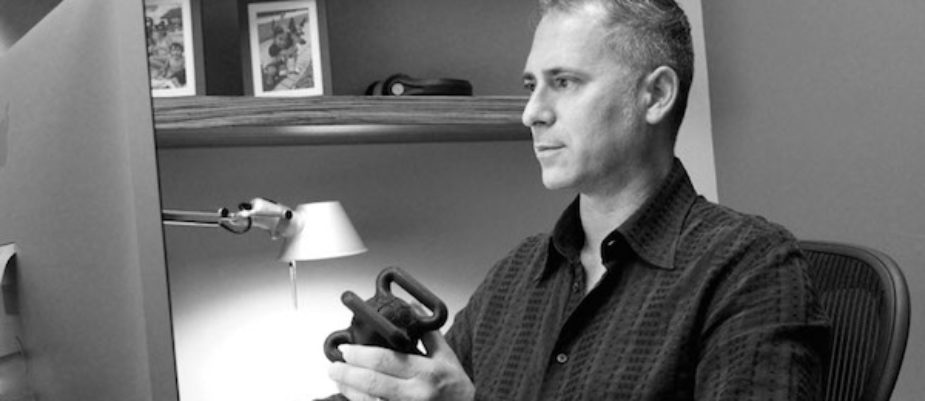
I met Peter Solomon many years ago, after he obtained his master’s degree at Domus Academy: we worked at the Milan studio of Isao Hosoe, a great Master who thought us to pursue innovation constantly. A rule of action that Peter, once back to the US, in 2011 has followed in his work as industrial designer when he established in Florida Peter Solomon Design.
In his Linkedln profile, he appears as a “Design Director and Innovation Guru” and the mission of his studio synthesizes his “Way of Designing“ very well: “Designing innovative, passion-evoking products based on profound human insights”.
The multicultural, interdisciplinary experience is a key element of this studio that blends the elegance and personality of Italian design with solid American technological know-how.
How would you define innovation?
Innovation means to create something new. I place further conditions on the definition to make it significant or worthy; that it must bring advances to the user’s well-being, behavior, or interaction with the innovation.
In what way does your studio apply innovative concepts for different companies? does the approach change to the different situations?
For peter solomon design it all begins with very profound research. We study the users, their interactions with the products we are designing, their lifestyles, their patterns, their needs. We look for what is wrong, what is not functioning to its best, the work-arounds, the accepted discomforts, what they are missing. These all become design opportunities, if we can solve any of them we will create a new innovative concept that can better the user’s lives. Each concept become the driving factor of a new design.
Each client of our studio is from a different sector, a different market and a different culture, so each has particular needs, however the ethnographic research in order to innovate for the user is central to all projects.
What scenarios and evolutions do you expect for the office and the ways of working in the near future?
There are so many innovative scenarios that one can see the office moving toward, especially considering the incredible advances in technology combined with globalization. We can already see in-person visits and physical collaboration substituted by teleconferencing. With the ability work from anywhere, savings of time and expenses by not needing to physically go to work or visit a client, the future possibilities of the workplace are both wonderful and scary. We need to emphasize the need for meetings and exchange, even the casual unforeseen discussion at the coffee machine is a productive asset which needs to be re-evaluated. Designers will need to balance the digital and virtual with the benefits of physical and real experiences.
What is innovation in an age where everything undergoes a radical change at top speed, not just technologies and objects, but life and work styles as well?
Innovation needs to be continual by definition, otherwise it becomes ordinary and then out dated. In a world where technologies and their impact on our behaviors are changing so fast, we too must innovate as fast, part of it is reacting to new technologies and behaviors but a larger part is predicting them and designing a better life scenarios due to those predictions.
What does it mean to make innovation in the design industry?
Scientists, technicians and engineers create fantastic technological innovations, although many are for the sake of progressing technology and many are too abstract or without clear application.
The designer can truly focus on the user’s need when creating to make innovations significant for the human. We can apply technology to a problem to find an appropriate and new solution. We can create products which better peoples’ lives, which create an emotional bond with the owners. A designer may use innovation to distinguish the product, create profit for the company and elevate the brand, but also to make meaningful responsible products that do more than just pollute the shelves of stores for the sake of introducing another product.
Text by Renata Sias
Captions
1, Light Onda, produced by Luxit, design by Isao Hosoe and Peter Solomon.
2, HeadFoams, produced by Marblue, design by Peter Solomon and Marble Design Department.
3, Guitar The Handle, produced by XOX Audio Tools, design by Peter Solomon.
4, Retail furniture system SEV, produced by Nova System, design by Peter Solomon and Alessio Pozzoli.
5, Pen Sleeq Stylus, produced by Marblue, design by Peter Solomon.
6, Elegant Electric Wheelchair, produced by Y&L, design by Peter Solomon.
7, Back scratch And I’ll scratch Yours, produced by Wickled Lasers, design by Peter Solomon.
8, Tulip Laser Light Bulb, produced by Wickled Lasers, design by Peter Solomon.
